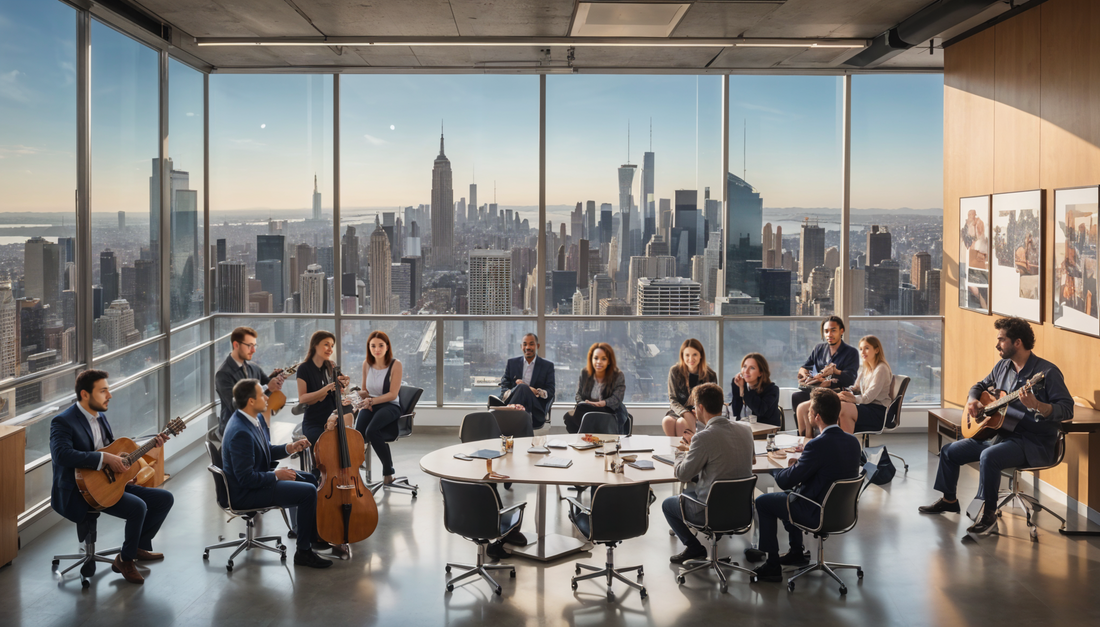Residential Architecture

Several years ago, I had the opportunity to be in New York City, a place I still think of as my second home, as part of the American Symphony Orchestra League and Meet the Composer’s Music Alive Short Term Residencies Program. For one jam-packed day, selected composers and representatives from involved orchestras convened with the staff of the administrating organizations. The purpose was to inform, support, and assess the work we were about to embark on: being composers in 2-6 week residencies with institutions ranging from regional and youth orchestras to the Philadelphia Orchestra.
After a morning of overviews, presentations, and refining our respective residency agendas, the afternoon was spent in conversation, aiming to further fine-tune the services of the Music Alive program. While many fascinating and engrossing topics were discussed, one struck all with a sense of urgency and importance: what does one do after the residency? In other words, how can the initial investment of the participating orchestras ensure that the efforts of all involved, from composers to orchestras to the sponsoring organizations, become more than a fleeting moment?
How do you build on a good thing? What can we as composers and administrators do to help those performing organizations that have a true desire to continue involving living composers but are still new to it? While each participant’s residency had its own distinctive personality, they all shared one common denominator: each host ensemble already had a previous relationship with its residing composer. Whether it was a passing acquaintance with the conductor or the orchestra had already performed or commissioned the composer, every residency involved someone who was already familiar to the organization before applying for the Music Alive funding.
This should come as no surprise. Except for perhaps the American Composers Forum’s Continental Harmony program, there really was no national infrastructure through which conductors or music directors could be introduced to composers. Perhaps there was a way current composer residencies could help. As part of residencies, composers could help orchestras set up mechanisms to find other composers for future residencies. This could involve setting up a public search process or utilizing resources like the American Music Center’s NewMusicJukeBox to find possible candidates. The current residing composer could even suggest ten colleagues who might be a good fit for that specific organization. If all participating composers did just that, it could open the door for at least 70 more composers.
And how could the service organizations help the orchestras in this quest? They could offer support in laying the infrastructure for an ongoing composer residence program, covering everything from finding and allocating funding to creating residency contracts to fostering ongoing board and audience support for the venture.
These were my jet-lagged musings as I returned home, but I knew there were many more ideas out there. We just needed to share them. Groups like the American Symphony Orchestra League and Meet the Composer were listening. As the old proverb goes: if you give a man a fish, you feed him for a day. But, if you teach him how to fish, you can feed him for life.
